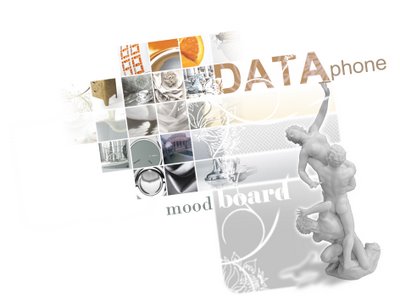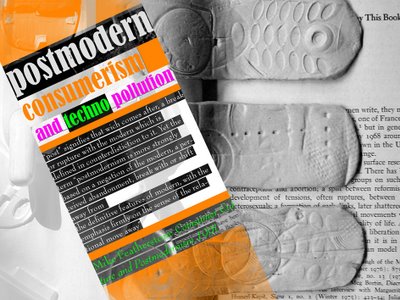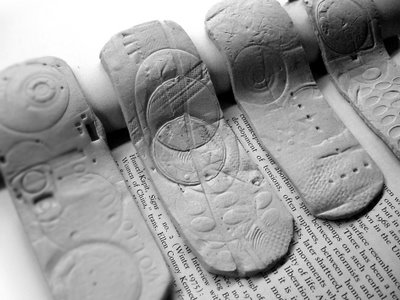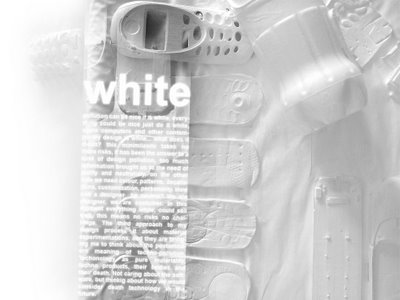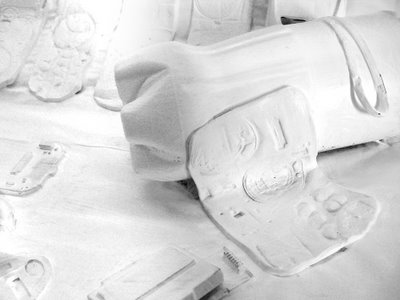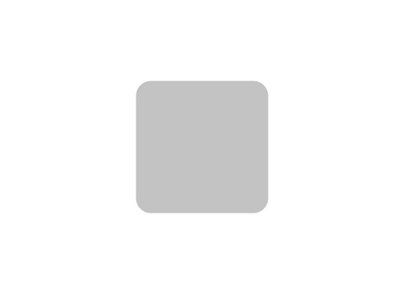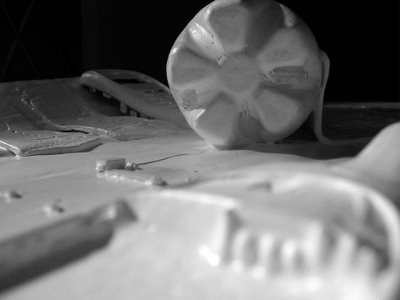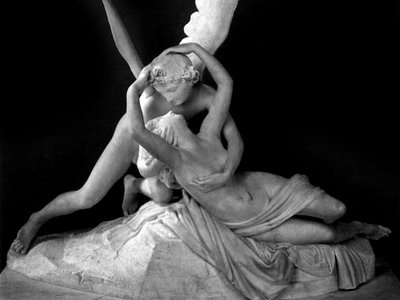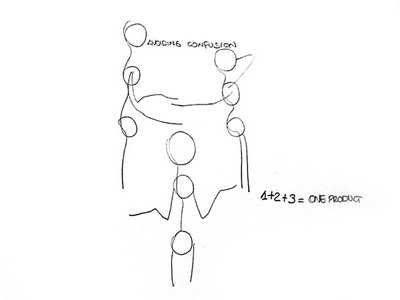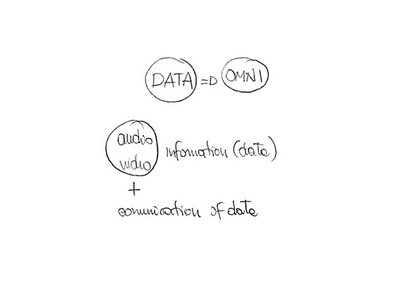DESIGN AS FICTION: Referencing the idea of honesty in design

“…In modern times scientifically objective things conceal their constitution out of mimetic desire. In a dialogic situation a thing can turn out to be a place where human intentions collide. Otherwise a thing is a magical construction...” Franz Helm
Last year I was reading a book captioned “The Shape of Things: a Philosophy of Design”, written by Vilém Flusser (1920-91), one of the most interesting European thinkers of the second half of the twentieth century.
He was a German-Jewish philosopher arguing that modern societies are in flux and that traditional linear epistemologies are being challenged by global circulatory networks and a growth in visual stimulation, and he posited that these changes would radically alter the ways cultures define themselves and deal with each other. In his words Flusser prevised not just theories of globalization but also about communication and identity, remaining linked to the Judeo-Christian concept of self-determination and self-realization through the recognition of the other.
It is particularly interesting how he writes about design, and the natural connection to its “artificial” meaning.
He writes: “…as verb (to design) means “to plan something”, “to simulate”, “to conceive”, “to draft”, “to organize”, “to act in a strategic way”. The term derives from the Latin word signum, which means “sign” conserving the old rood word. So according to the etymology, design means “drawing”…”
In his opinion a designer is a loaded plotter that waylays his traps, for example in the same context we can see other important terms for example: mechanics and machinery intended as instruments used to lie; a lever, for example, lead on gravity force, and “mechanics” represents the strategy to “cheat” heavy corps.
Another word that, in Flusser’s opinion, appears in the same context is “technic”. The Greek tèchne signifies “art” and is related to tekton, “carpenter”. The idea in this case is that the wood is a formless material, and the artist as technician gives it a shape, giving to the wood the chance to “appear” visible as a form.
In Plato’s objection about art and technique, he says that they lie distorting the “intelligible shapes” (The Ideas) when they try to transfer them in a material world. In his opinion artists and technicians are renegades of ideas and slickers, because they induct in a loaded way people to perceive distorted ideas. He connect the word “ars” to the mining of “ agility”, “dexterity”, “skill”; and the artifex, the artist ( intending artist as someone that creates something) is a kind of “liar”. The true artist (designer) is the illusionist, and we can see this in words such as “artifice”, “artificial”, and even “artillery”.
His intent is to highlight the link (using the etymology and going further on) between words like design, machinery, technique, ars and art and remaining aware that design is an “intent” and in his confession he indicates the goal of is intent (design): “to reveal the undermining and loaded aspects of the word design, that are not generally explicated”.
He admits that if his goal was a different one, he could have insisted on other aspects to which the word design is related.
My “intent” is to connect the word design to the meaning of “honesty”, I am designing a “trap” to show you my intention, but as Flusser suggests I am being honest, and his honesty is related to his answer:
“The answer is this: everything depends to the intent (design)” Flusser
References
Vilèm Flusser Filosofia del design 2003 ,Paravia Bruno mondatori Editori
University of Illinois Press www.press.uillinois.edu/s03/flusser.html
Vilèm Flusser’s theory of communication: the voice of Jacob
The Pinocchio Theory
“If you fake the funk, your nose will grow.” — Bootsy Collins www.shaviro.com
pictures references
www.gettyimages.com
